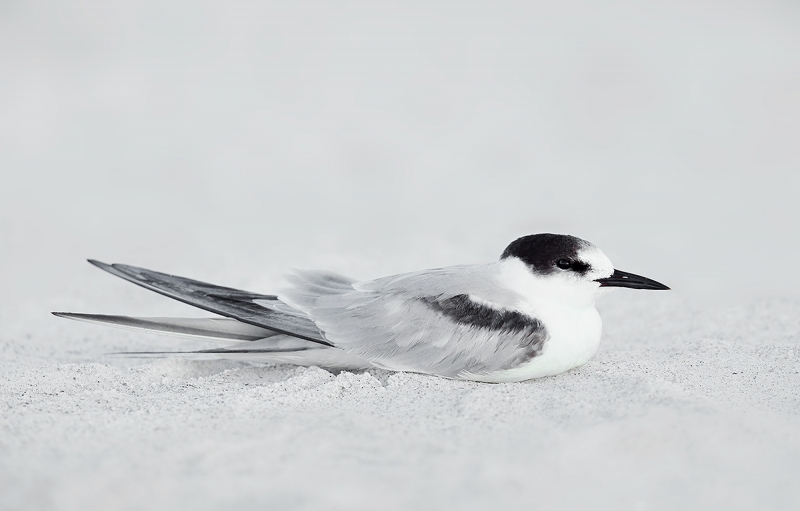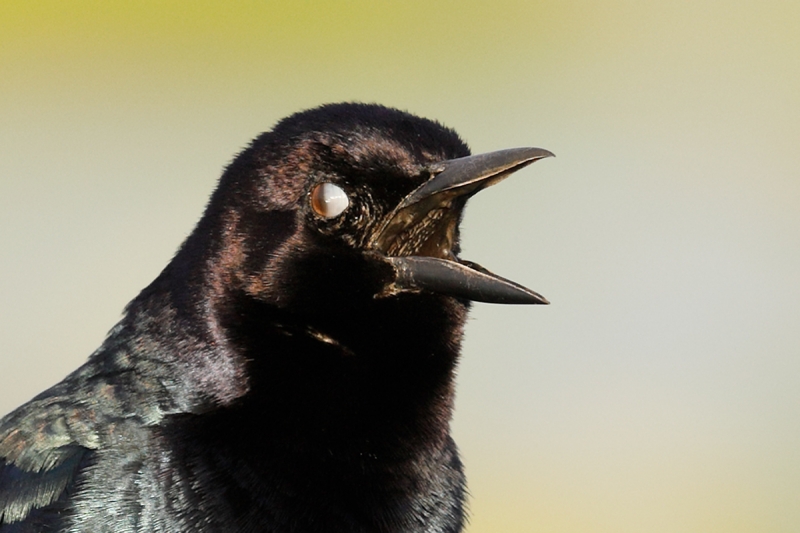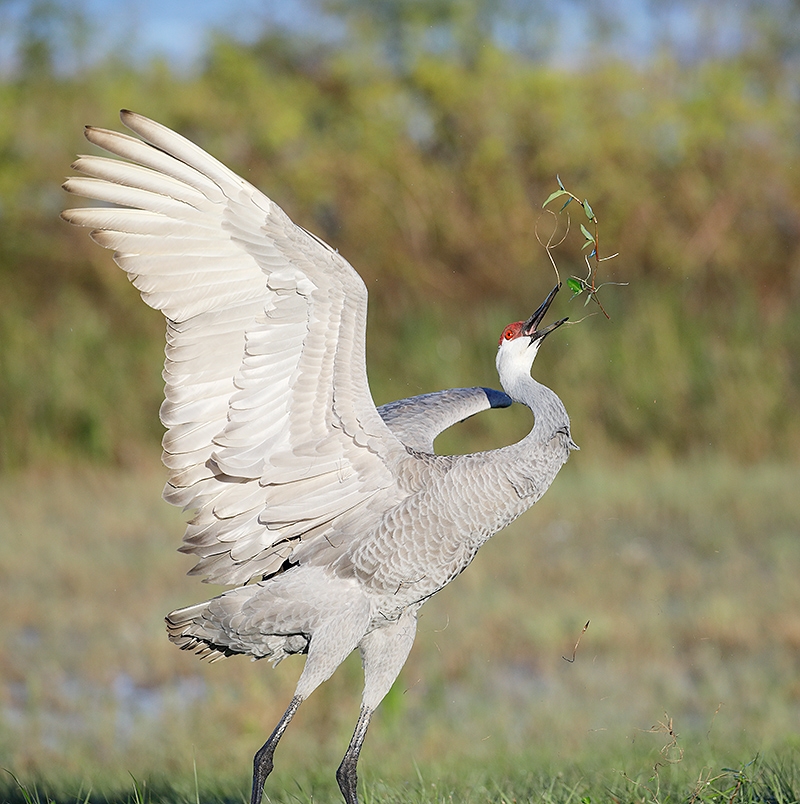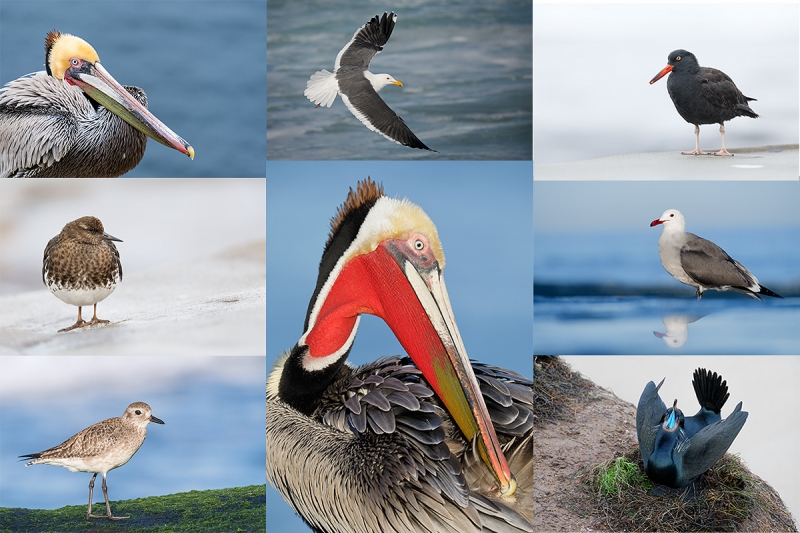Stuff
It was a chilly 38 degrees at ILE yesterday morning and it never really warmed up a whole lot. I went down to the lake am and pm but there were no birds on The Perch and not much going on otherwise. ” I did a lot of work on the 5d Mark IV User’s Guide and should be finished with the text today or tomorrow. Then it will be time to add the illustrative images with the legendary BIRDS AS ART educational captions.
The pool was down to less than 73 degrees so I broke out my full body wet suit. Never again. It took me 15 minutes to get into it (with Jim’s help) and ten minutes to get out of it (again with Jim’s help). And the actual swimming was cumbersome. I did my 66 slow lengths. I will swim today without the wet suit and will try two sessions of 33 laps to minimize getting too, too cold. Unless the pool has dropped below 70. 🙁
Right now it looks as if only two folks are signed up for San Diego #2 with more interested; San Diego #1 has been sold out for some time. IPT #2 represents an amazing opportunity to enjoy some great bird photography with the spectacular breeding plumage Pacific race of Brown Pelican and to learn from possibly the finest bird photography teacher to ever walk on the planet (he said with all modesty …) This IPT is the first to offer a free morning session the day before the IPT starts. I hope that you can join me.
Yesterday’s Blog Post …
In yesterday’s Make the Best Image Challenge: cropping and clean-up (if needed) blog post here, very few folks responded. And those that tried failed to see the image within the image. If you would like to take a crack at it, do check it out and remember to first ask yourself, “What it the best part of this image?” And then look for a crop that emphasizes what you like best about the photograph. It would not hurt to read what I wrote below in the Kill Me Why Don’t You! item.
If you have sent me a FB friends request that has gone unrequited, it is because I am up to the 5,000 limit on my personal FB page. You are invited to click here and then Like and Follow the identical content. 🙂
The Streak
Today makes one hundred thirty-seven days in a row with a new educational blog post! This one took about an hour to prepare. With all of my upcoming free time (or not …), the plan right now is to break the current record streak of 480 … Good health and good internet connections willing.
Booking.Com
Booking.Com came through for me twice again recently with both the DeSoto Fall IPT and next July’s UK Puffins, Gannets, and Bempton Pre-trip room reservations. And all the rates were great. If you’d like to give Booking.Com a shot, click here and you will earn a $25 reward. Thanks to the many who have already tried and used this great service.


Gear Questions and Advice
Too many folks attending BAA IPTs and dozens of folks whom I see in the field, and on BPN, are–out of ignorance–using the wrong gear especially when it comes to tripods and more especially, tripod heads… Please know that I am always glad to answer your gear questions via e-mail. Those might include system, camera body, accessory, and lens choices and decisions.
|
|
|
This image was created at Fort DeSoto on the morning of October 21, 2017 with the Induro GIT304L Grand Series 3 Stealth Carbon Fiber Tripod/Mongoose M3.6-mounted Canon EF 600mm f/4L IS II USM lens, the Canon Extender EF 1.4X III, and my favorite tern photography camera body, the Canon EOS 5D Mark IV. ISO 800. Evaluative metering +2 stops: 1/200 sec. at f/6.3 in Av mode. AWB in predawn light. LensAlign/FocusTune micro-adjustment: -2. One row down and four AF points to the right of the center AF point/AI Servo/Expand/Shutter Button AF was active at the moment of exposure. The selected AF point was on the bird’s cheek directly below its eye. My Optimized Version of B: Winter Plumage Common Tern on beach
|
Common Tern on Beach
In the Can a 1 1/2 degree head angle difference be a big deal? blog post here, it was great to read the comments and see that it was pretty much unanimous that the head angle in B was vastly superior to the head angle in A (even though when measured in degrees the difference was minimal.
Johann Mey stated his case clearly when he wrote:
Image B is best – it contains character and interaction with the viewer. Also because I believe the focus is on the eye, the slightly rotated bill is still in the same focus plane as the eye and thus still sharp.
Why not lower?
Warren H wrote:
As for getting lower, you indicated there were several other terns on the beach. I assume you did not get lower in order to keep the other birds out of the frame.
My Optimized Version of B
For my optimized version of B I got rid of the CYAN/BLUE cast (with a Hue/Saturation adjustment) and executed a bit of a pano crop as there was a lot of empty sand above …
|
|
|
This image was created down by the lake by my home at ILE on the morning of November 25, 2017 with the BLUBB-supported Canon EF 600mm f/4L IS II USM lens, the Canon Extender EF 1.4X III, and my favorite grackle photography camera body, the Canon EOS 5D Mark IV. ISO 400. Evaluative metering + 2/3 stop as framed: 1/400 sec. at f/5.6 in Manual mode. AWB in sunny conditions at 7:32am. LensAlign/FocusTune micro-adjustment: -1. One AF point to the left of the center AF point/AI Servo/Expand/Shutter Button AF was active at the moment of exposure. The selected AF point was on the side of the bird’s upper breast below and slightly behind the bird’s eye. Boat-tailed Grackle callingBe sure to click on the image to see a larger version. |
So What Did I Do in Photoshop This Time?
In the So What Did I Do in Photoshop This Time? here, the tightly cropped image of the original provides the answer: I borrowed the grackle’s open eye from the previous frame and replaced the eye in the original that was covered by the nictitating membrane with a Quick Mask that was refined with the addition of a Regular Layer Mask.
Surprisingly, Kiwi-friend David Peake nailed it when he posted, If the upper body has not been transplanted from an adjacent image, maybe the eye was covered by the membrane on this image so you replaced it with the open eye from another image. Its a guess. Nothing in evidence that I can see to suggest this.
|
|
|
This image was created down by the lake near my home at Indian Lake Estates, FL on the evening of Tuesday, November 28, 2017. I used the hand held Canon EF 100-400mm f/4.5-5.6L IS II USM lens (at 278mm) and my favorite dancing crane photography camera body, the Canon EOS 5D Mark IV. ISO 800. Evaluative metering +2/3 stop as framed: 1/3200 sec. at f/5.6 in Manual mode. AWB. 7:15am on a clear morning. LensAlign/FocusTune micro-adjustment: extrapolated to -3. Image #1: Sandhill Crane grass-throwing display/square crop |
Kill Me Why Don’t You
In the Kill Me Why Don’t You blog post here, I wrote, “When I saw this image on the back of the camera moments after I made it, I said, “Kill me why don’t you! I felt that I should have zoomed out. But after a few minutes of studying the image on my Macbook Pro, I realized that there might be a pretty good image there.
Seeing the picture within the picture is a skill that needs to be worked on and developed. While I am not a big fan of huge crops, sharp 5D Mark IV images stand up well even to those … In retrospect, I am pretty sure that Image #1 (immediately above) is much stronger than the image that would have resulted had I zoomed out much wider to include the whole bird with a border below its feet. Why? We get a close-up view of the action. We see more detail; more detail on the bird’s face and feathers, and with this image, a much better look at the flying bits of grasses.
I liked Image #1 better from the start but could not really verbalize why. When it came to Image #1 (cropped below the crane’s ankles) versus Image #2 (cropped above the crane’s ankles), the comments left by Warren H, “I like the Image 1 crop. I think the strip of grass “lands” the image. (pun intended.) You instantly know the crane is dancing and can imagine the whole story. I do not think the image needs the feet with the grass shown on the bottom. The second crop leaves you wondering if the bird is on the ground or in the air” and by Anthony Ardito, Image #1. Because the viewer can see where the grass came from along with more debris floating in the air helped me to understand my thinking. Thank you both.
|
|
2017 in San Diego was a very good year …. |
2018 San Diego 3 1/2-DAY BIRDS AS ART IPT #2: Sunday, JAN 28 thru and including the morning session on Wednesday, JAN 31, 2018 and a free morning session the day before the IPT starts: 3 1/2 days (+1/2!): $1699. Limit: 8: Openings: 7.
Meet and Greet at 6:30pm on the evening before the IPT begins; Saturday, Jan 27, 2018.
San Diego IPT #2: Shorter and Less Expensive!
Please remember: I go with one.
Join me in San Diego near the end of January to photograph the spectacular breeding plumage Brown Pelicans with their fire-engine red and olive green bill pouches; Brandt’s (usually nesting and displaying) and Double-crested Cormorants; breeding plumage Ring-necked Duck; other duck species possible including Lesser Scaup, Redhead, Wood Duck and Surf Scoter; a variety of gulls including Western, California, and the gorgeous Heerman’s, all in full breeding plumage; shorebirds including Marbled Godwit, Whimbrel, Willet, Sanderling and Black-bellied Plover; many others possible including Least, Western, and Spotted Sandpiper, Black and Ruddy Turnstone, Semipalmated Plover, and Surfbird; Harbor Seal (depending on the current regulations) and California Sea Lion; and Bird of Paradise flowers. And as you can see by studying the two IPT cards there are some nice bird-scape and landscape opportunities as well. Please note: formerly dependable, both Wood Duck and Marbled Godwit have been declining at their usual locations for the past two years …
|
San Diego offers a wealth of very attractive natural history subjects. With annual visits spanning more than three decades I have lot of experience there…. |
With gorgeous subjects just sitting there waiting to have their pictures taken, photographing the pelicans on the cliffs is about as easy as nature photography gets. With the winds from the east almost every morning there is usually some excellent flight photography. And the pelicans are almost always doing something interesting: preening, scratching, bill pouch cleaning, or squabbling. And then there are those crazy head throws that are thought to be a form of intra-flock communication. You can do most of your photography with an 80- or 100-400 lens …
Did I mention that there are wealth of great birds and natural history subjects in San Diego in winter?
|
Though the pelicans will be the stars of the show on this IPT there will be many other handsome and captivating subjects in wonderful settings. |
The San Diego Details
This IPT will include four 3 1/2 hour morning photo sessions, three 2 1/2 hour afternoon photo sessions, three lunches, and after-lunch image review and Photoshop sessions. To ensure early starts, breakfasts will be your responsibility. Dinners are on your own so that we can get some sleep.
A $599 non-refundable deposit is required to hold your slot for this IPT. You can send a check (made out to “Arthur Morris) to us at BIRDS AS ART, PO Box 7245, Indian Lake Estates, FL, 33855. Or call Jim or Jennifer at the office with a credit card at 863-692-0906. Your balance is payable only by check. Please print, complete, and sign the form that is linked to here and shoot it to us along with your deposit check. If you register by phone, please print, complete and sign the form as noted above and either mail it to us or e-mail the scan. If you have any questions, please feel free to contact me via e-mail.
If In Doubt …
If in doubt about using the BAA B&H affiliate link correctly, you can always start your search by clicking here. Please note that the tracking is invisible. Web orders only. Please, however, remember to shoot me your receipt via e-mail.




Please Remember to use my Affiliate Links and to Visit the New BAA Online Store 🙂
To show your appreciation for my continuing efforts here, we ask, as always, that you get in the habit of using my B&H affiliate links on the right side of the blog for all of your photo and electronics purchases. Please check the availability of all photographic accessories in the New BIRDS AS ART Online Store, especially the Mongoose M3.6 tripod head, Wimberley lens plates, Delkin flash cards and accessories, and LensCoat stuff.
As always, we sell only what I have used, have tested, and can depend on. We will not sell you junk. We know what you need to make creating great images easy and fun. And please remember that I am always glad to answer your gear questions via e-mail.
I would of course appreciate your using our B&H affiliate links for all of your major gear, video, and electronic purchases. For the photographic stuff mentioned in the paragraph above, and for everything else in the new store, we, meaning BAA, would of course greatly appreciate your business. Here is a huge thank you to the many who have been using our links on a regular basis and those who will be visiting the New BIRDS AS ART Online Store as well.
Be sure to like and follow BAA on Facebook by clicking on the logo link upper right. Tanks a stack.
Typos
In all blog posts and Bulletins, feel free to e-mail or to leave a comment regarding any typos or errors. Just be right :).



















